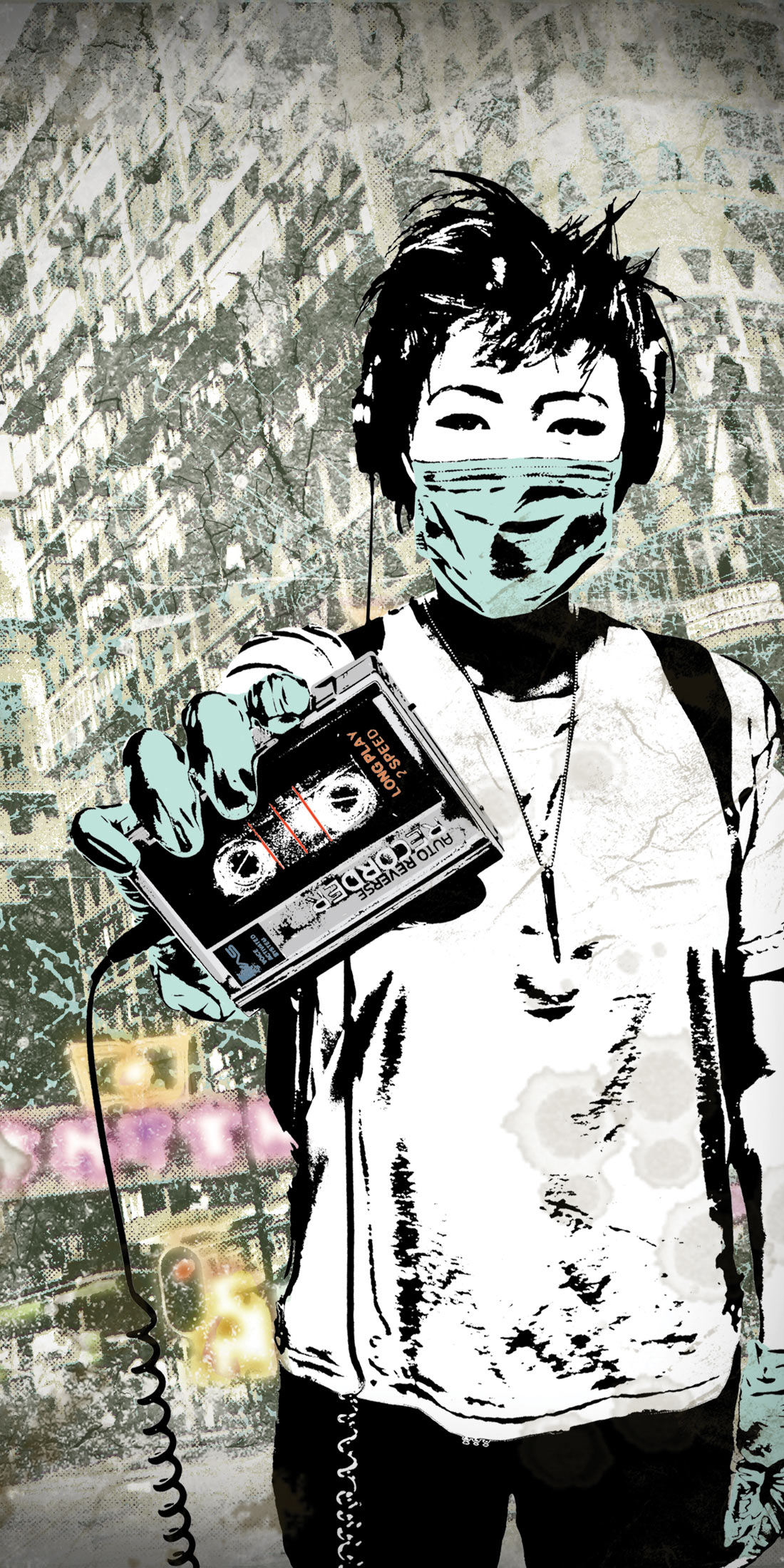In a world of modern mics which are all beginning to look and sound alike, the SOM50 mic stands out from the pack both visually and sonically. Ashman Acoustics, a Seattle based company, is headed by Matt Ashman, a veteran of AEA mics. Matt approached the design of the SOM50 in a way that is unique among modern mics, but hails back to the design of the revered Neumann M 50. For classical recordings, the M 50 reigns king, especially when used in a Decca tree arrangement. The original M 50, while at first glance looking like a typical vintage large-diaphragm tube mic, presents a unique internal design. The capsule is, in fact, a small-diaphragm one, mounted flush on the face of a 4 cm Perspex (acrylic) sphere. The acoustic principle of mounting a capsule on the face of sphere results in a mic with a basically flat response up to around 5 kHz, and then a gentle rise in frequency response that peaks with almost a 5 dB boost around 15 kHz. For classical recording, this high-frequency boost basically counteracts the loss of high-frequency energy in air, as mics are typically placed tens of feet away from the ensemble. In its modern form, the Ashman Acoustics SOM50, milled out of a solid piece of aircraft aluminum, looks like a 5'' long small- diaphragm mic with a bulbous, 4 cm diameter spherical head. At the tip of its head lives a small-diaphragm (6 mm) omnidirectional electret condenser capsule.
The polar pattern of the SOM50 is described as SuperOmni by Ashman, which basically means that below about 2 kHz, it's omni, while above 2 kHz, the pattern increasingly narrows towards cardioid. SuperOmni describes a mic that picks up a very natural room sound while still delivering a clearly localized image, especially when used in a stereo or multi-mic setup. Furthermore, the mic exhibits very little proximity effect, so the bass response stays balanced even when close mic'ing a source. The SOM50 comes packaged as a pair of mics in a small plastic case, with a clip for each mic.
Even though these mics beg to be used in a live ensemble recording setup, my first use for the SOM50s involved recording acoustic guitar for a folksy R&B song. After setting up the mics a few feet behind my seat in the control room and getting levels over headphones, I was shocked at how natural the artist's voice sounded in my headphones when he spoke. I nearly jumped out of my seat because it felt like he came up and spoke right into my ear. Recording guitar on the back couch of my control room yields a dry, but comfortable ambience that I particularly like on acoustic guitar for pop records. The SOM50 reproduced a bit more room ambience than I am used to, but the ambience blended well with the direct sound, and I felt it worked nicely in the track. At the same time, I was demoing a pair of Earthworks QTC40 mics, which are also small-diaphragm omni mics, so I put up one QTC40 and one SOM50, both about a foot in front of the guitar aimed at where the neck met the body. Using two Earthworks ZDT preamps [Tape Op #99], I found the two mics to sound so similar that I had to make sure I was monitoring both mics correctly. Ultimately, I used one track of each mic and blended them together. The interesting thing about the SOM50 on acoustic guitar is that the placement of the mic barely changed the perceived sound of the guitar. Almost anywhere between the 14th fret and the butt end of the guitar sounded well balanced and articulate, as long as I stayed at least 8'' or more from the guitar. I don't usually mic acoustic in a stereo configuration for pop records, but I tried both an X-Y and a spaced pair of SOM50s and found that a spaced pair produced a natural stereo image and lots of high-frequency detail. I could imagine a pair of these would sound great for a flamenco-style guitar performance in a small hall.
I later used the mics to record a drumset in a large but fairly neutral room and found that placing the mics about 6 ft in front of the kit, about as wide as the kit, provided a very lifelike presentation that blended seamlessly with the close mics and overheads. Phase response was not much of concern, since the room's ambience played the dominant role in the SOM50's signal.
I also used the pair to record a 15-piece jazz choir for a Christmas project, a 6-piece jazz horn section, and as an X-Y pair for a circle of percussionists clapping soleá-style for a Latin album. In each instance, the SOM50s provided a very lifelike and appropriate representation of the ensemble. Finding the best location for the mics proved easy, as the omni design simply required finding a balance of direct to room sound. Almost every location I tried sounded good, and it was just a matter of finding the best spot for the particular song. I never had a chance to use the mics on a large string ensemble, but I can extrapolate from my other ensemble recordings that the SOM50s would provide a familiar sound, in the vein of the vintage M 50 sound. Overall, I found the SOM50s to be extremely versatile and particularly useful for a modern acoustic guitar sound.
The SOM50's specs are quite respectable, and I never found self-noise or SPL-handling to be an issue with any source, no matter how delicate or loud. The transient response on the handclaps was very natural, owing in part to the transformerless design of the mic. The pricing for a matched pair of SOM50s with a case and a three year warranty is a bargain. ($699.95 pair; www.ashmanacoustics.com)




_disp_horizontal_bw.jpg)